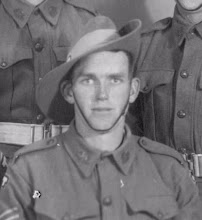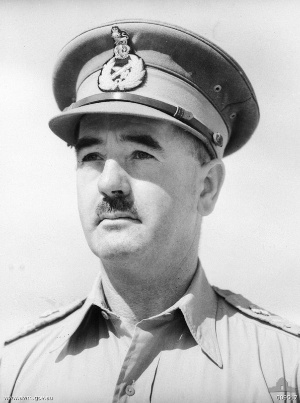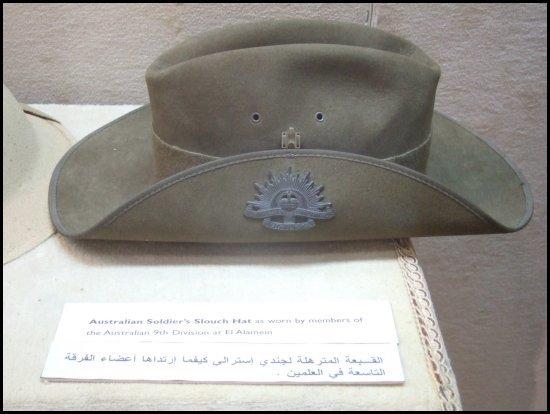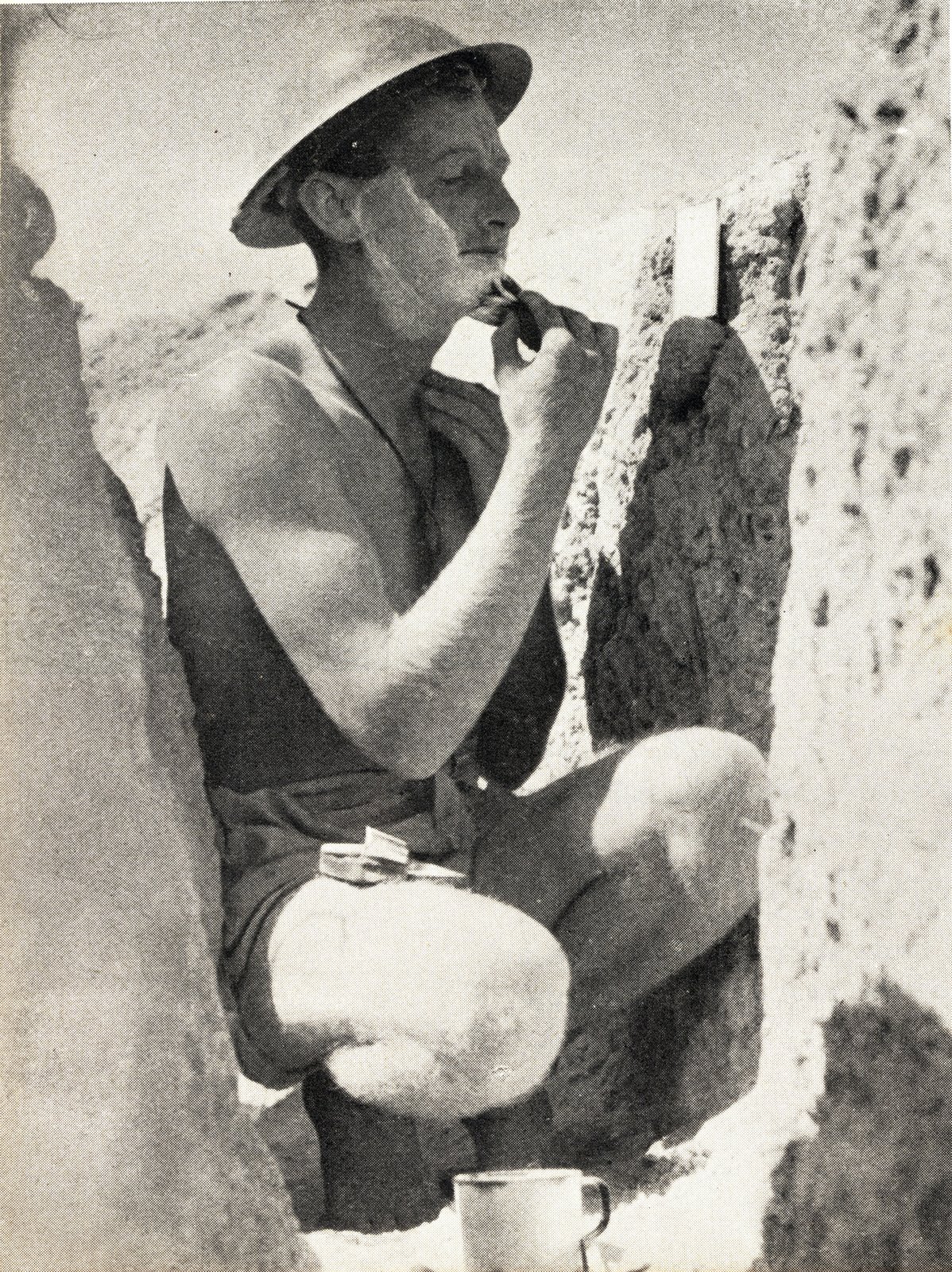This German aerial reconnaissance image shows the outer perimeter defenses at post R49. This post is one of those built in the early 1930's by the Italian occupation force. It consisted of concrete trenches and weapons pits, an anti-tank ditch and even a underground bunker for when you were under artillery fire. All this surrounded by miles of razor wire and fields of landmines.
The numbers in the picture refer to the following;
- Main anti-tank ditch
- Barbed Wire
- Barbed Wire
- Weapons pit with connecting trench and bomb-proof shelter
- Local anti-tank ditch
- Supply road
9th Division troops would occupy these posts for weeks on end. Some of the posts were within 400 yards of German lines and even raising your head two inches above the sandbags would draw intense fire from German snipers.
Days in the line would often be spent resting due to the intense heat and the lack of usable cover in the desert. Exposing yourself in daylight hours would often be fatal. In Tobruk, it was said that the Australians owned the night. Once the harsh African sun set it would be time for the nightly patrols to commence.
Patrols would leave posts like the above one pictured to venture thousands of yards beyond the wire to gather intelligence (usually by capturing prisoners for interrogation) or to destroy a known objective. At this activity the Australian's excelled.
image #44246L3 by Ullstein as scanned from "The Rats Remain - The Siege of Tobruk, 1941" by J.S. Cumpston, Grayflower Productions 1966.








